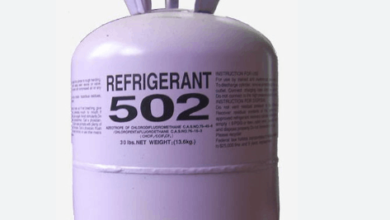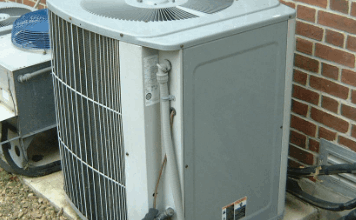Minimum Ignition Energy – What is That?
In the theoretical side of the automotive industry, there are different kinds of generic calculations for the flammability of gases and fuel types. These performance criteria provide crucial specifications for the engine’s ignition systems and gas systems. Here, we will discuss a theoretical concept commonly used in fuel and gas systems called Minimum Ignition Energy (MIE). We’ll try to explain it in simple terms.
What is Minimum Ignition Energy?

As the name suggests, it is the minimum energy required to ignite dust. Minimum Ignition Energy is not limited to automotive or vehicle fuel systems; it applies to all types of dust, such as coal dust or other kinds of particles. This parameter offers insight into the energy level required for a specific gas to ignite. Some gases or dust have high energy, making ignition challenging under atmospheric or certain conditions.
On the other hand, gases or dust with low ignition energies ignite with minimal energy application. The ignition of gases or dust is typically triggered by electrical or flame ignition. If the minimum ignition energy is low, additional safety measures must be taken when dealing with such gases or dust.
However, if the energy is high, the susceptibility of the gas or dust to ignite in specific environments is significantly reduced. In such cases, safety measures may not need to be as stringent as those for gases or dust with very low minimum ignition energy.
How is Minimum Ignition Energy Measured?
A specific test system measures the energy of gases or dust. These test specifications are generally defined by standards. The system involves a simple tube with different electrical sparks, similar to those in automotive vehicles. Various igniters apply different ignition levels to the test specimens, which can be fuel gases or dust. The energy at which the gases or dust ignite is of utmost importance.
Another crucial aspect observed during testing is the flaming speed. For example, if two gases have flames ignited with the same spark levels, the energy applied to these gases and dust is known. To compare the two gases, the flame wall speed inside the tube is examined. Higher flame ball speeds inside the tube indicate lower energy than the other gas subjected to the same electrical ignition.
Comparisons are generally made based on such observations. In general, the minimum ignition energies of different gases fall between 1 to 1000 MJ. However, there are certain cases with extremely low minimum ignition energies, and if these gases are processed in various systems, such as manufacturing or automotive systems, standard occupational safety measures must be implemented. These gases pose the greatest danger, in general.
Conclusion
The minimum ignition energy serves as the fundamental starting point. If you’re curious about the calculations, test specifications, standards, and specific numbers for the minimum ignition energy, we can provide some references for additional details. You can also find additional numerical data and information on YouTube videos to delve into the details of energy.
If you have any further inquiries or questions about this energy, please leave them below. Additionally, you can explore other important topics related to automotive ignition systems on this website.



